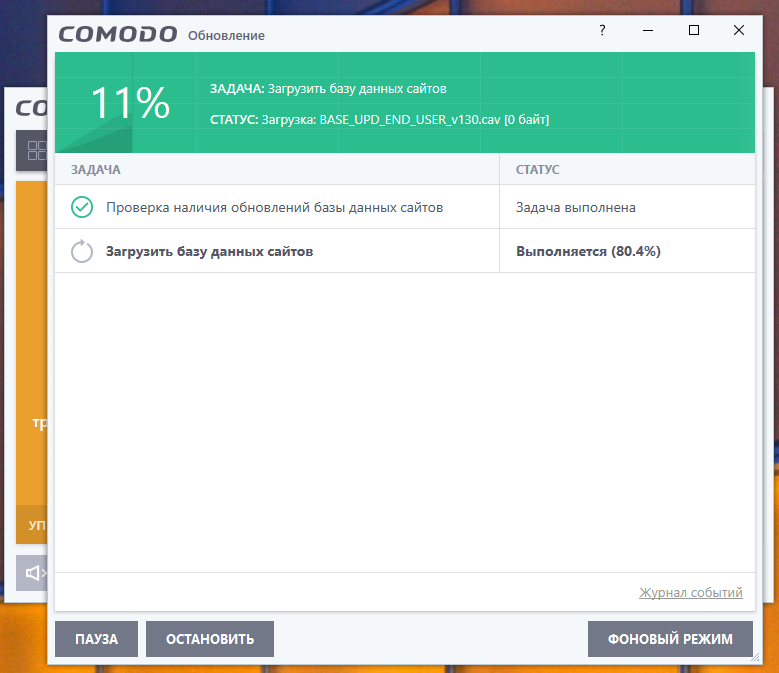

#COMODO FIREWALL WINDOWS XP PC#
These programs do worse things than just slowing down start-up - they can bog down your PC by constantly taking up RAM and CPU power. You've most likely got many programs that load into your system on start-up. Select any drives you want to disconnect, then click OK. You'll see a screen like one pictured nearby, which lists all your network drives. Right-click My Computer and choose Disconnect Network Drive. The result? When you try to open a file on your local PC, you may have to wait several seconds.ĭisconnecting dead network drives is simple. In addition, when you use some programs, they'll try to make the connection as well, further slowing your system. If the remote drive doesn't respond, XP waits to start and will try to connect again until it gives up. Every time you start XP, it tries to connect to all the network drives you've mapped. Here's the bad news: If any of those network drives is no longer alive, it can slow down your system. That way, you can quickly get to the network drive instead of having to navigate through a complex maze of paths. So, for example, if there's a drive on another PC on your network or on a network server that you frequently browse to, you can make it look to XP as if it's a local disk, such as the F: drive. Windows XP has a very useful feature that lets you map a network drive to your local PC. If you run into problems, however, you can turn it back on. It's unlikely you need this boot delay, so turn it off. When it's enabled, your system spends a few extra seconds looking for your floppy drive.īoot Delay: Some PCs let you delay booting after you turn on your PC so that your hard drive gets a chance to start spinning before boot-up. Turn it on.īoot Up Floppy Seek: When was the last time you used a floppy, much less booted from it? If you're like most of the world, the answer is never. Quick Power On Self Test (POST): With this option, your system runs an abbreviated POST rather than the normal, lengthy one.

Here are the settings to tweak for faster start-ups: How you run this utility varies from PC to PC, but you typically get to it by pressing the Delete, F1 or F10 keys during start-up. You change the start-up procedures by changing the BIOS settings with your system's built-in setup utility. Speed up those start-up procedures, and you'll speed up boot times. The next time you reboot, you'll do a boot defragment.Įach time you turn on your PC, it performs a set of BIOS start-up procedures before XP loads. Change the Enable string value to Y if it is not already set to Y.


 0 kommentar(er)
0 kommentar(er)
